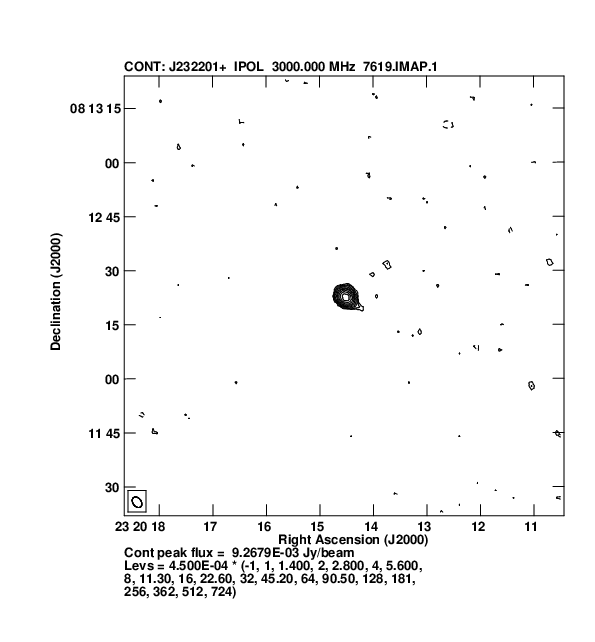Astronomy Object of the Month: 2023, June
< previous Archive next >
Radio luminosity distribution in early-type galaxies
Is radio luminosity distribution in early-type galaxies bimodal, and what does it imply? The radio emission is produced predominantly when the relativistic plasma particles are accelerated in strong magnetic fields. Such conditions can be found in the regions of intense star formation - where supernovae can be found or in the galaxy's center, which is the locus of a supermassive black hole. From the vicinity of the black hole, plasma and magnetic field are transported to distances far larger than the host galaxy's size as they create extended structures: jets and radio lobes.



Illustration: The histogram of a radio luminosity distribution, expressed as the
function of central black hole mass (upper image), the division line at the position of antimode was marked as vertical black line;
Middle image: an example of the morphology of radio-brigth objects (rigth-side distribution of the histogram); Lower image:
radio-dim objects (left-side of the histogram), obtained at 3 GHz with VLASS data. Credit: The Authors.
According to the Hubble classification scheme, the galaxies producing powerful radio outflows – jets can be identified in the optical band with the so-called early-type galaxies. In this type of system, star forming activity is at its residual level as they consist predominantly of old and evolved stars. This class consists of the most massive galaxies in the Universe, elliptical and lenticular galaxies. These are created due to mergers with less massive galaxies, as may be explained in the framework of hierarchical structure formation in the Universe.
In the international collaboration, a team of scientists from the Astronomical Observatory of the Jagiellonian University analyzed the properties of early-type galaxies detected at 1.4 GHz radio frequency. These galaxies are characterized mainly by their very-low radio luminosity, and the black hole activity was not included in the selection criteria. These objects were selected from a larger sample of early-type galaxies by the requirement of precise mass measurements of the central black hole, that can be obtained only for nearby sources where the dynamic of stars and gas in the vicinity of the black hole can be directly observed.
The existence of bimodality in radio luminosity distribution, expressed as the function of central black hole mass, was shown and confirmed using statistical methods. This bimodality suggests the twofold nature of processes responsible for this radiation.
The discussed mechanisms which could reproduce such distribution include: radio emission associated with residual star formation activity and lack of relativistic outflows from the central black hole; variation in the accretion rate; and bimodality in spin distribution, which could result from different growth history of the host galaxy and the central supermassive black hole.
Original publication: Wójtowicz, A. et al., Radio Emission of Nearby Early-type Galaxies in the Low and Very Low Radio Luminosity Range, The Astrophysical Journal, Volume 944, Issue 2, id.195, pp. (2023)
The research was conducted at the Department of High Energy Astrophysics of the Jagiellonian University’s Astronomical Observatory (OA UJ).
|
Anna Wójtowicz Masaryk University, Brno, Czech Republic Astronomical Observatory Jagiellonian University awojtowicz[@]oa.uj.edu.pl |


